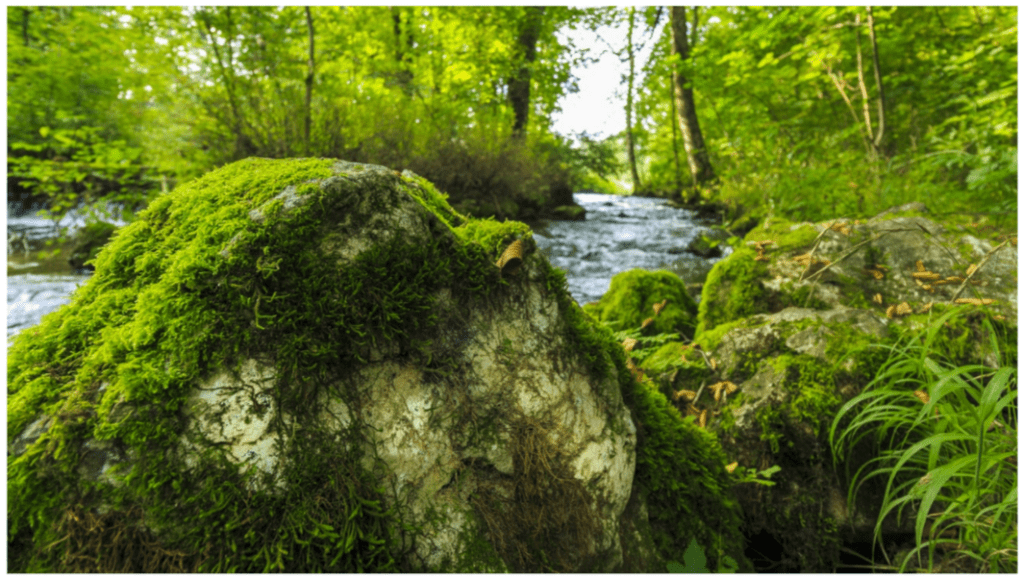Algae
Narinder Singh, Academic Content Writer at Edumarz
- Occuring in a variety of habitats including moist stones, soils and wood, They are chlorophyll containing, thalloid, auto-trophic and mostly aquatic Organisms. Additionally, they also occur in association with Fungi (Lichen) And animals.
- Their form and size is highly variable, varying from colonial forms like Volvox and filamentous forms like Ulothrix and Spirogyra, with few of the Marine forms in the form of kelps, creating massive plant bodies.
- They mainly reproduce by vegetative, asexual and sexual methods, with Vegetative reproduction by fragmentation. Here each fragment develops Into a thallus. Different types of spores, including zoospores are produced During the asexual reproduction. The zoospores are flagellated (motile) And on germination, gives rise to new plants. Also, the sexual Reproduction takes place through fusion of two gametes, which can be flagellated having similar size or non-flagellated (non-motile) similar in size( as in Spirogyra). Such reproduction is called isogamous. Also, fusion of two gametes, non similar in size, in species of Eudorina, is called Anisogamous. Examples include Volvox and Fucus.
- Algae carries out half of the total carbon-dioxide fixation on earth through Photosynthesis. Besides, being Photosynthetic, they increase the level of dissolved oxygen in their environment. This includes many species of Laminaria, Porphyra and Sargassum, which are among the 70 species of marine algae used as food. Large amounts of hydrocolloids (water holding substances) are produced by certain marine brown and red algae. Eg: Algin(brown algae), And Carrageen (red algae), which are used commercially. Chlorella-a unicellular alga rich in proteins is used as a food supplement by space travellers.
The Three main classes of the Algae include:
- Chlorophycae: Commonly called green algae, the plant body may be unicellular, colonial or filamentous. Usually glass green, due to the dominance of pigments chlorophyll a and chlorophyll b, with pigments localised in definite chloroplasts. The Chloroplasts in different species may be discoid, plate-like, reticulate, cup-shaped, Spiral or ribbon-shaped in different species. One or more storage bodies called pyrenoids lie in the chloroplasts of majority of the members. These pyrenoids contain proteins and starch. The cell-wall which is rigid, is made from an inner layer of cellulose and an outer layer of Pectose.
Furthermore, Vegetative reproduction, usually takes place by fragmentation or through formation of various sorts of spores, whereas agamogenesis is by flagellated zoospores produced in Zoosporangia. Huge dufference in the types and formation of sex cells is found in the sexual reproduction and it may be isogamous, anisogamous and oogamous. Commonly found green algae include: Volvox, Spirogyra, Ulothrix and Chara.

- Phaeophycae: Showing great variation in size and form, they are generally found in marine habitats.A cellulosic wall, covered on the outside by a gelatinous coating of algin, is present in the vegetative cells. In addition to plastids, the protoplast contains, a centrally located Vacuole and Nucleolus.
Vegetative reproduction occurs through, fragmentation, and agamogenesis in most brown algae is by biflagellate zoospores, that are pear-shaped and have two unequal laterally attached flagella. Also, the amphimixis can be isogamous, anisogamous or oogamous, with union of gametes taking place in water or within the oogonium. Also, the two laterally attached flagella. are present in pyriform gametes.The common forms include: Ectocarpus, Laminaria, Sargassum, Fucus and Dictyota.
- Rhodophycae: Besides, the presence of red pigment, r-phycoerythrin in their body, they are marine with greater concentrations found within the warmer areas. Furthermore, they occur in both transparent regions near the surface of water besides at great depths in oceans where little light penetrates. Most of these algae have multi-cellular red-thalli, with food stored as floridean starch which is quite similar to amylopectin and glycogen in nature.
Usually, reproduction occurs by fragmentation in red algae. Asexual reproduction takes place by non-motile spores whereas sexual by non-motile gametes. Also, complex post-fertilisation developments take place after the oogamous sexual reproduction.The common members include:Porphyra, Gracilaria, Gelidium and Polysiphonia etcetera.

